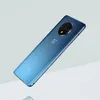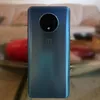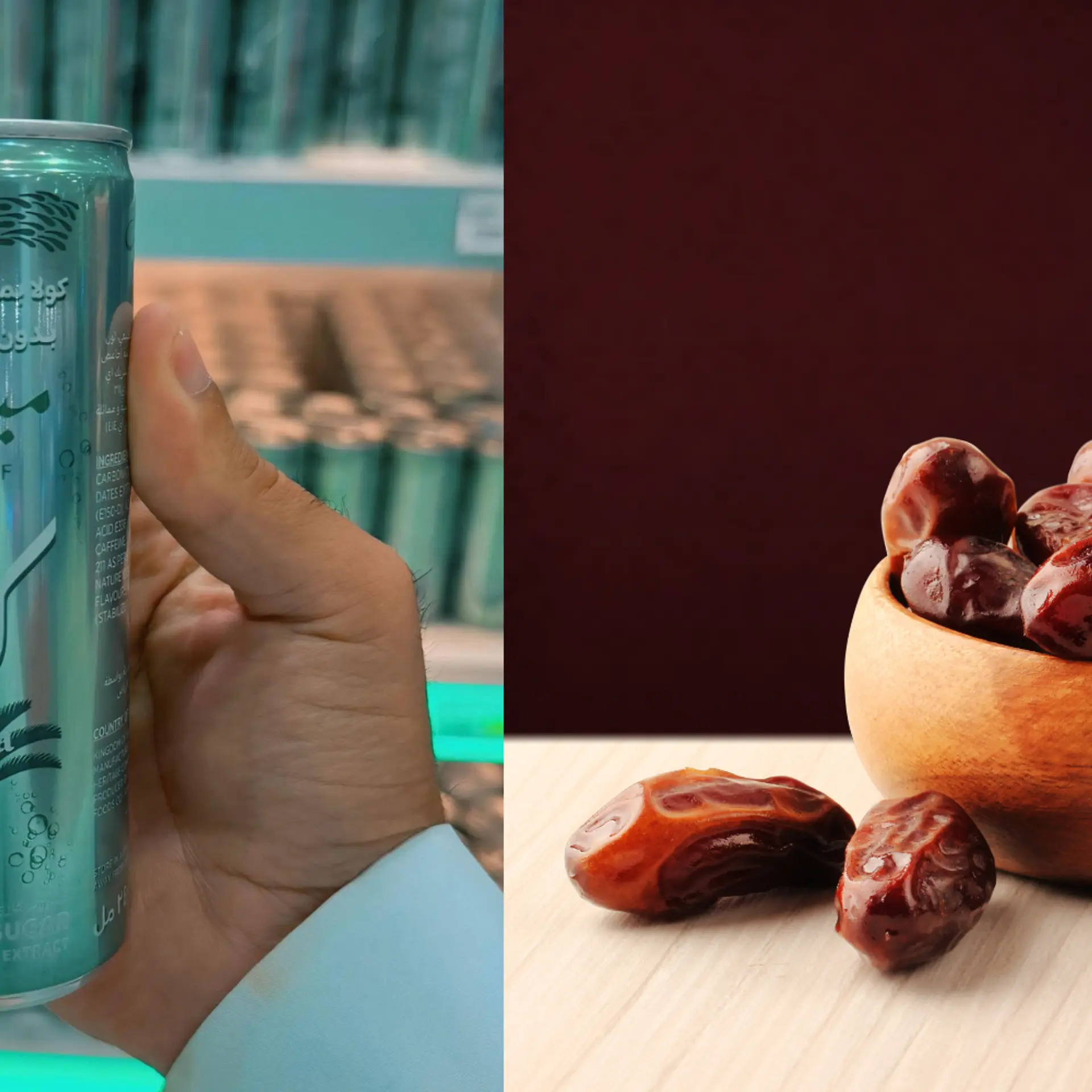OnePlus to launch affordable smart TVs for less than Rs 20,000. Here’s what to expect
Aimed at the mid and entry-level segment, the new range of OnePlus TVs will have 32-inch and 43-inch variants, starting from or even below Rs 20,000.
OnePlus’s range of affordable smart televisions is set to launch on July 2, and the company claims that this is will cater to the under-Rs 20,000 price segment. The TVs are expected to offer clean and refined design, stellar sound quality, high picture quality, and a powerful OS even at this price range.

In a blog post, CEO Pete Lau revealed that the new affordable OnePlus TVs will feature a bezel-less display, and will come with support for a 93 percent DCI-P3 colour gamut and Dolby Vision.
The Chinese smartphone manufacturer had forayed into the TV segment in India last year with a premium range. The price of OnePlus TV Q1 and the OnePlus TV Q1 Pro started at Rs 69,900. The new range of OnePlus TVs will have a 32-inch and a 43-inch variants, starting from or even below Rs 20,000, which is almost one-third of the cost of the OnePlus TV Q1.
Here are some of the features to expect in these new smart TVs.
Design
A media report confirms that the latest OnePlus TV will have an ultra-thin design, around 6.9 mm. For perspective, the OnePlus 8 smartphone has a thickness of 8 mm. CEO Pete Lau was reported saying that even though OnePlus is shifting focus to the budget segment with its upcoming TVs, it is not compromising when it comes to the design.
OnePlus is also trimming the bezels and the new TVs will sport a 95 percent screen-to-body ratio to complement the ‘thin’ design.
Speakers
OnePlus has apparently innovated the arrangement of speakers by rotating them by 90 degrees to fit two large full-range speakers on the ultra-thin TV.
In a media interview, Pete Lau said that this has resulted in 50 percent deeper bass.
Gamma Engine and Dolby Vision
The company claims to have developed a suite of technologies to enhance picture quality, which it calls the Gamma Engine. This includes a range of processing enhancements, such as super resolution, dynamic contrast, MEMC, colour space mapping, anti-aliasing, and noise reduction.
With Gamma Engine's help, the videos are expected to be sharper, cleaner, and more fluid. Even with a video that might otherwise be of low resolution, customers can expect a superior picture quality.
Like OnePlus TV Q1 series, the new range of OnePlus smart TVs also come with Dolby Vision certification.
Display and colour
In the blog, the CEO wrote that the focus area for OnePlus’s affordable TVs are colours. He added that quality can be measured in any number of ways. But for OnePlus, there is one thing that is especially important — colour.
He wrote, “When asked about what makes for good picture quality, a lot of people's first answer is that a display must be "vivid" and that depends on the colour performance.”
The blog explained that colour performance can be described in terms of the colour gamut. The wider the colour gamut, the richer the colour. Colour gamut can be based on different standards, and two of the most commonly seen in TVs are Rec. 709 and DCI-P3.
Most of the TV programmes we see on a daily basis use Rec. 709, and after years of development, most TVs in the market can manage 100 percent of the Rec. 709 colour gamut.
But in the era of HDR video, the broader DCI-P3 standard has become the choice of more content creators for its fuller colour. Now, basically all HDR content is mastered using DCI-P3 within the Rec. 2020 container.
Compared to Rec. 709, DCI-P3's range is 26 percent larger, and it is especially richer in the red and green ranges. So, if you want the best colour experience on a TV, and get the full effect of HDR video, then you need a TV with exceptional DCI-P3 performance.
Unlike with Rec. 709 though, getting 100 percent coverage with DCI-P3 is extremely difficult, so anything over 90 percent coverage is already quite good.
“This time, for both of our two new OnePlus TV series, we are using panels that leverage particular materials to achieve an outstanding 93 percent DCI-P3 colour gamut coverage (CIE 1976 u' v'),” wrote Pete, “Yes, even for our entry-level series. We gave it the same OnePlus Cinematic Display we gave to the mid-segment series of OnePlus TVs.”

OnePlus Co-Founders, Pete Lau and Carl Pei
It will be interesting to see how OnePlus plans to cater to the affordable segment with its new focus on entry and medium price category, where it is going to compete with the likes of Sony, Panasonic, TCL, Samsung, Xiaomi, Realme, among others.
“More than three years ago, when we decided to make a smart TV, we wanted very simply to create a product that embodied OnePlus’ "Never Settle" spirit. It should be smart. It should be able to link seamlessly with a smartphone and other devices at home. But most of all, it should simply be an exceptional TV,” wrote Pete Lau.
Edited by Saheli Sen Gupta










